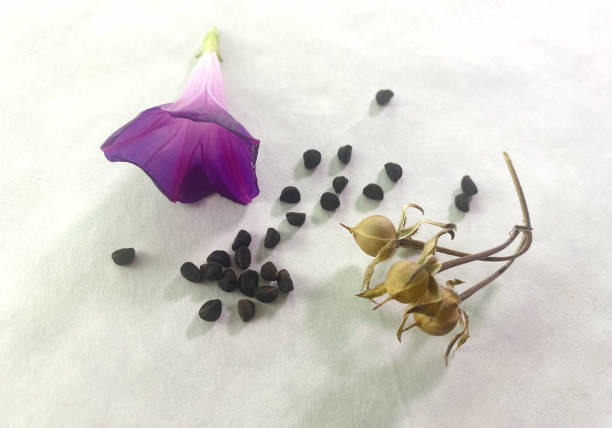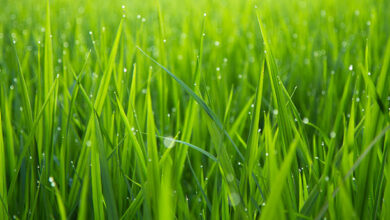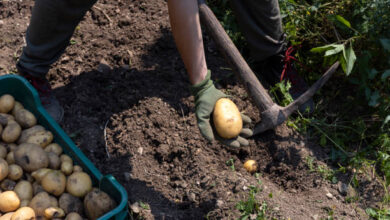Morning Glory Seeds: Everything You Need to Know

Morning Glory Seeds: Everything You Need to Know
Have you ever admired the vibrant blooms of morning glories and wondered about the seeds that start it all? Morning glory seeds are the key to growing these stunning, colorful flowers that can transform your garden into a visual delight. In this comprehensive guide, we’ll delve into the fascinating world of morning glory seeds, exploring their unique characteristics, how to grow them, and their various uses. By the end, you’ll be ready to cultivate these beautiful plants in your own garden.
Understanding Morning Glory Seeds
What Are Morning Glory Seeds?
Morning glory seeds are the starting point for the beautiful morning glory flowers (genus Ipomoea). These seeds are typically small, hard, and round, often featuring a glossy surface. They come from a range of species, each with distinct characteristics, such as the common Ipomoea tricolor and Ipomoea violacea. Understanding the lifecycle of morning glories—from seed germination to flowering—helps appreciate how these seeds fit into their growth cycle.
Types of Morning Glory Seeds
There are several varieties of morning glory seeds, each offering unique attributes:
– Ipomoea tricolor: Known for its vibrant blue and purple flowers.
– Ipomoea violacea: Features stunning, trumpet-shaped blooms in colors ranging from purple to white.
– Ipomoea quamoclit: Also called the “Cypress Vine,” it has delicate, fern-like leaves and red, star-shaped flowers.
Each variety has its own growth habits and climate preferences, so choosing the right type for your garden can enhance your floral display.
How to Grow Morning Glories from Seeds
Preparing the Seeds for Planting
Before planting, it’s essential to prepare morning glory seeds to improve germination rates. One effective method is scarification—gently rubbing the seeds with sandpaper or nicking the seed coat with a knife. This helps break down the seed coat and promotes faster germination. Another method is soaking the seeds in water for 24 hours prior to planting. High-quality seeds should be selected and stored in a cool, dry place to maintain their viability.
Planting and Caring for Morning Glory Seeds
Optimal Planting Time and Conditions
Morning glory seeds should be planted in well-drained soil with plenty of sunlight. The best time to plant them is after the last frost date in spring, when the soil temperature is consistently above 60°F (15°C). For indoor planting, start seeds in pots about 6-8 weeks before the last expected frost. Outdoors, sow seeds directly into the garden bed or in containers.
Essential Care Practices
Once your seeds have germinated and seedlings have emerged, provide them with regular watering, especially during dry periods. Fertilize with a balanced, all-purpose fertilizer to support healthy growth. Keep an eye out for pests like aphids and spider mites, which can affect the plants. Proper spacing between plants will ensure good air circulation and reduce the risk of disease.
YOU MAY LOVE TO READ
Mastering Structure Planting for a Stunning Garden
Kokedama Plants: Everything You Need To Know
Do Deer Eat Oranges? Understanding Deer Diet Preferences
Benefits and Uses of Morning Glory Plants
Aesthetic and Garden Benefits
Morning glories are known for their stunning, vibrant blooms that can add a burst of color to any garden. Their climbing nature makes them perfect for trellises, arbors, and fences, creating a vertical garden display. They are also excellent for attracting pollinators like bees and butterflies, contributing to a thriving garden ecosystem.
Traditional and Medicinal Uses
Historically, some morning glory species have been used in traditional medicine for their psychoactive properties. While these uses are less common today, ongoing research explores the potential medicinal benefits of certain morning glory seeds. Always consult with a healthcare professional before using any plant for medicinal purposes.
Common Issues and Troubleshooting
Pests and Diseases
Morning glories are generally hardy plants, but they can be susceptible to pests and diseases. Common issues include aphids, spider mites, and fungal infections like powdery mildew. Regular inspection and maintaining proper garden hygiene can help prevent these problems. If pests are detected, use appropriate organic or chemical treatments as needed.
Growing Challenges
If you encounter challenges such as poor germination or slow growth, ensure that you are planting the seeds at the right time and under optimal conditions. Poor soil quality or inadequate watering can also affect growth. Improving soil fertility and ensuring consistent moisture can enhance plant health and blooming.
Conclusion
Morning glory seeds are the foundation for growing these beautiful and versatile plants. By understanding their characteristics, preparing them properly for planting, and providing the right care, you can enjoy a spectacular display of morning glories in your garden. We hope this guide has equipped you with the knowledge to start growing morning glories from seeds with confidence.
Ready to try growing morning glories from seeds? Share your experiences, questions, or gardening tips in the comments below! We’d love to hear about your journey with these lovely flowers.




